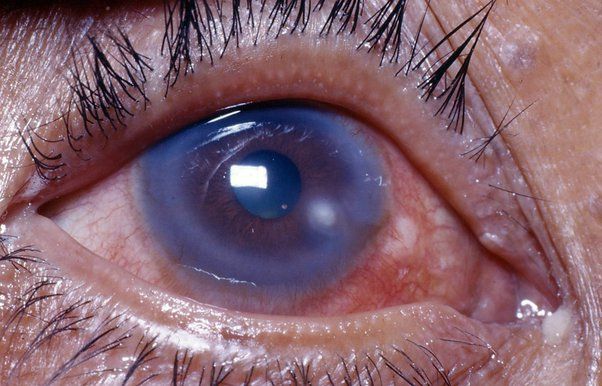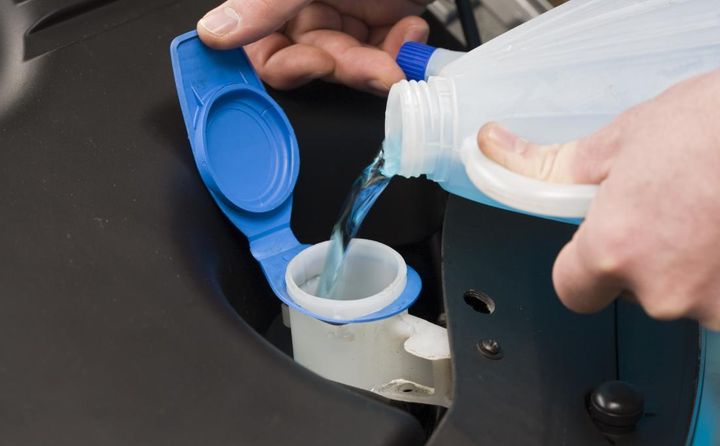


Getting coolant or antifreeze in your eyes can be a severe and potentially sight-threatening emergency. These harsh chemicals can rapidly cause severe burns and permanent vision damage if not treated promptly. This guide will walk you through the crucial steps to take, from immediate first aid to long-term vision care.

Coolants typically contain ethylene glycol or propylene glycol as the main active ingredient, along with various additives. Ethylene glycol is particularly toxic and can cause severe eye irritation, chemical burns, and potential vision loss if exposed.
| Coolant Component | Hazard Level | Potential Effects |
|---|---|---|
| Ethylene Glycol | High | Chemical burns, vision loss |
| Propylene Glycol | Moderate | Eye irritation, potential damage |
| Additives | Varies | Irritation, corrosion |
When coolant comes into contact with the eyes, common symptoms include:
Intense burning, stinging, and pain
Redness and excessive tearing
Blurred vision and light sensitivity
The most crucial step is immediate and thorough eye flushing. This helps dilute and remove any remaining coolant, minimizing further damage.
Locate an eyewash station or clean water source.
Tilt your head back and hold your eyelids open.
Flush your eyes continuously for at least 15-20 minutes.
Blink frequently to dislodge any particles or residue.
If you wear contact lenses, remove them as soon as possible after starting the flushing process. Leaving them in can trap coolant against the eye and cause further damage.
Even if the irritation subsides after flushing, seek immediate medical attention. Coolant exposure can cause delayed or hidden eye injuries that may not be immediately apparent.
| Complication | Description |
|---|---|
| Chemical Burns | Coolant can penetrate and damage delicate eye tissues, causing severe burns on the cornea, conjunctiva, and other structures. |
| Vision Impairment | Corneal scarring, damage to the lens or retina, and other complications can lead to partial or complete vision loss. |
| Delayed Symptoms | The full extent of eye damage may not be immediately apparent, with persistent pain, light sensitivity, or vision changes occurring days or weeks later. |
Upon seeking medical attention, an ophthalmologist will perform a comprehensive eye examination to assess the extent of the injury and determine the appropriate course of treatment.
Potential treatments include:
Topical antibiotic and steroid eye drops
Oral or intravenous medications
Surgical interventions (e.g., corneal transplants) in severe cases
Regular follow-up appointments are essential to monitor the healing process and address any potential complications.
In automotive or industrial settings where coolant is handled, it's crucial to take the following precautions:
Wear appropriate eye protection (safety goggles or face shields)
Handle and store coolant safely, following safety data sheet guidelines
Promptly clean up any spills or leaks using appropriate absorbent materials
Provide comprehensive first aid training to employees
After the initial treatment and healing period, an ophthalmologist will assess any residual vision impairment or complications.
Depending on the severity, vision rehabilitation therapy may be recommended to help individuals adapt to their remaining vision and develop strategies for performing daily activities more effectively. This may involve the use of low-vision aids, adaptive techniques, and occupational therapy.
Coolant exposure to the eyes is a serious medical emergency that requires prompt action and proper treatment to prevent permanent vision loss. By following the immediate first aid steps, seeking medical evaluation, and adhering to workplace safety protocols, the risks of long-term complications can be significantly reduced. However, some individuals may experience residual vision impairment and require ongoing care and vision rehabilitation.
Coolants typically contain ethylene glycol or propylene glycol as the main active ingredients, which can cause severe eye irritation, chemical burns, and potential vision loss if exposed.
The most crucial first step is to immediately flush the eyes with clean, cool water for at least 15-20 minutes to dilute and remove any remaining coolant.
The eyes should be flushed continuously for at least 15-20 minutes to ensure thorough removal of any remaining coolant.
No, contact lenses should be removed as soon as possible after starting the flushing process, as leaving them in can trap coolant against the eye and cause further damage.
Potential complications include chemical burns, vision impairment, corneal scarring, damage to the lens or retina, and delayed symptoms that may not be immediately apparent.
Potential treatments include topical antibiotic and steroid eye drops, oral or intravenous medications, and surgical interventions (e.g., corneal transplants) in severe cases.
Regular follow-up appointments are essential to monitor the healing process and address any potential complications that may arise after the initial treatment.
Safety measures include wearing appropriate eye protection, handling and storing coolant safely, promptly cleaning up spills, and providing comprehensive first aid training to employees.
Vision rehabilitation therapy may be recommended to help individuals adapt to any remaining vision impairment and develop strategies for performing daily activities more effectively, involving the use of low-vision aids, adaptive techniques, and occupational therapy.
Prompt action and proper treatment are crucial to prevent permanent vision loss and reduce the risks of long-term complications from coolant exposure to the eyes.

Miguel started tinkering with car radios as a teenager, fascinated by the intricate dance of wires and circuits. This passion led him to pursue a career as an automotive electrician. For the past 10 years, Miguel has tackled everything from flickering headlights to mysterious electrical gremlins. He thrives on troubleshooting electrical problems and enjoys sharing his knowledge to empower car owners to understand their vehicles better.






